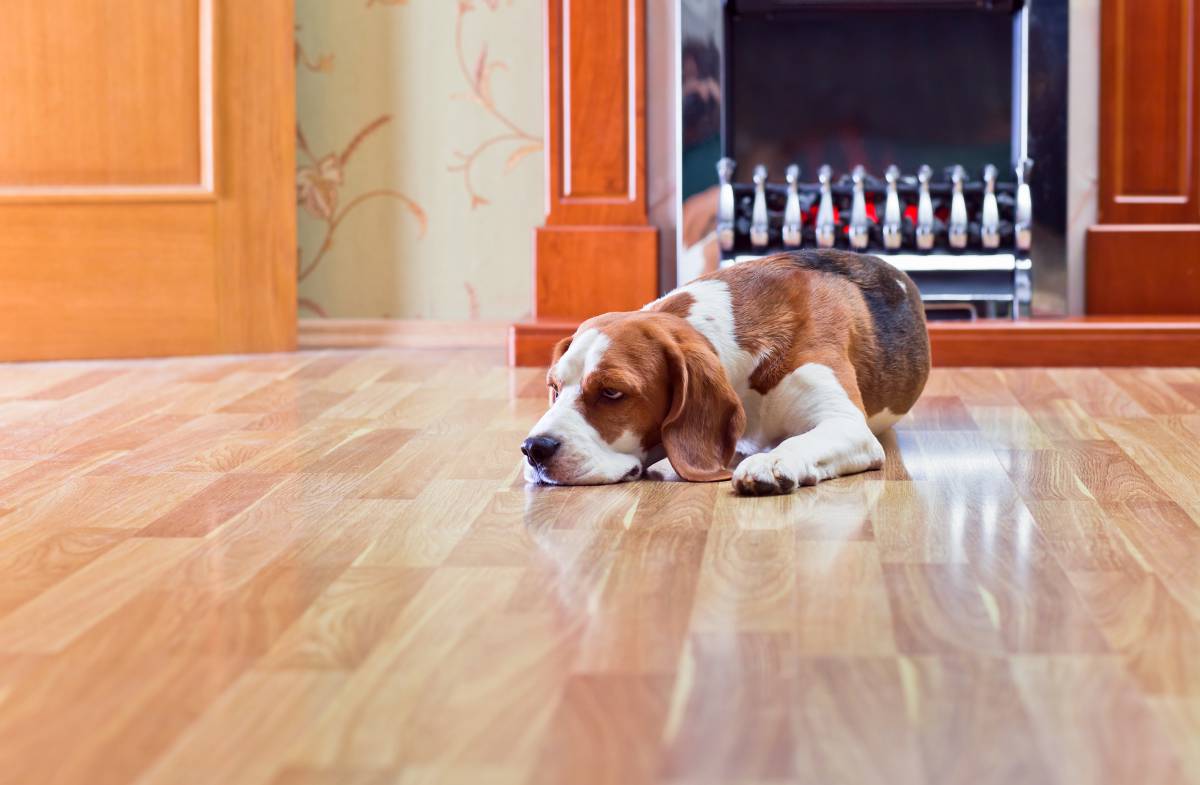Kansas City Hardwood Floor Refinishing
There’s a time when every homeowner wonders if the moment has arrived to have their hardwood floors refinished. Let’s face it–flooring takes a beating, especially in our homes where we live life day in and day out. Unless you treat your home like a museum–kids, pets, dirt, shoes, mistakes, and mishaps will cause wear and tear on your hardwood floors. So, how do you know when you should consult a certified wood flooring professional, like those at Armstrong-Citywide, to refinish your hardwood floors?
Here are some of the most obvious signs that your hardwood floors could use refinishing.
Scratches and Dullness
If your wood floors start looking dull, they may need a maintenance coat to renew their previous luster. Have a professional evaluate your floor; they may recommend this less aggressive recoating method to remove light scratches that occur in the finish and not in the wood itself. A maintenance coat of a new finish requires that the flooring is first cleaned of the existing floor finish, lightly sanded to abrade the finish, and then a new coat of finish is applied to restore the floor.
Damage: Chips, Gouges, Splintering, Extensive Stains
Professionals usually recommend to completely sand and refinish when there is significant damage to the wood floor like dents, deep scratches that have worn through the stain, and splintering or chipped wood boards. A few minor scratches are generally accepted as normal wear to hardwood floors and aren’t something to necessarily worry about.
Chips, holes, and deep gouges in hardwood floors will also let any water seep into the surrounding wood. These types of problems tend to happen in high-friction areas like under kitchen chairs or in high-traffic areas like hallways, stairs, and entryways. This type of damage usually requires boards to be replaced and is definitely a time to call in the pros!
If there are extensive, stubborn stains on your hardwood floor that you haven’t been able to successfully remove with cleaning products, sanding and refinishing your floors may be the only way to remove them.
Gray Discoloration = Water Damage
When your hardwood floors turn gray, you should consult a flooring professional ASAP because your floors need refinishing to prevent further damage. Gray floors signal that the polyurethane topcoat has worn off and the wood is absorbing water, oxidizing, and turning gray. If you don’t repair your floors at this stage, the wood will eventually turn darker until it’s black, signaling that the discoloration has damaged the structure of the wood and will require replacement.
Water can come from a multitude of sources–a spilled drink or melted ice cube, rain, snow, a pet’s bowl, an indoor plant, a plumbing leak, and from cleaning the floors in normal maintenance. It doesn’t take a lot of water to cause damage to the floors–even an inadvertent splash can be problematic. When there is major water damage, the floorboards will cup, look rippled from warping, and separate or buckle–all of which require that the boards be replaced.
Desiring a Style Makeover
Part of the investment you make in installing hardwood flooring in your home is its ability to age gracefully with proper maintenance and its timeless appeal. Hiring a professional to refinish your hardwood floors can effectively and beautifully change their style, bringing them up-to-date with current trends and making them look new again, even if they are decades old. Some homeowners think that updating the look of their hardwood floors requires having them torn out and replaced with something new–not true. New finish options instantly update the look and style of hardwood flooring. Through the process of sanding and refinishing, hardwood floors can be transformed and ready to take on a new life in your home.

